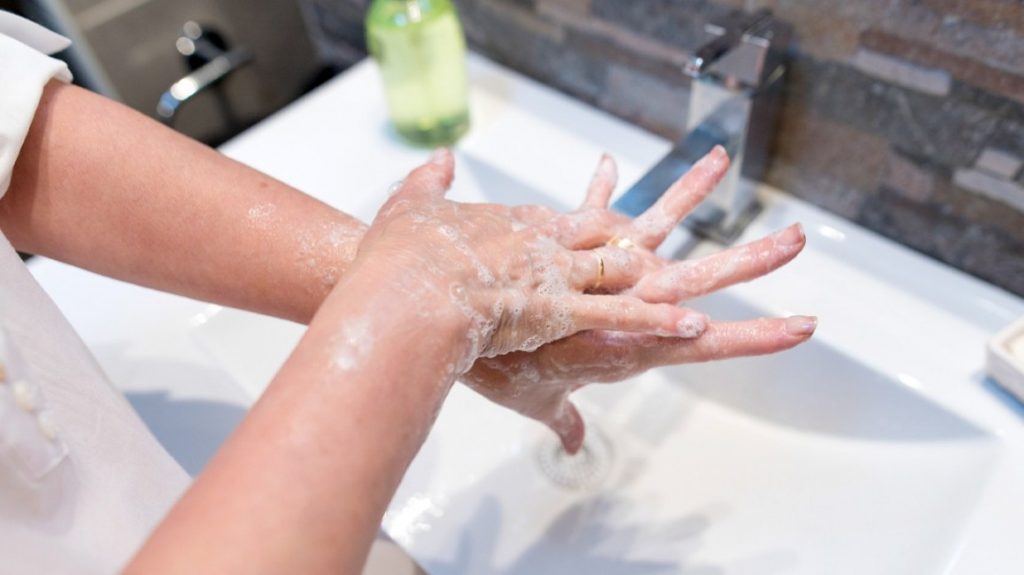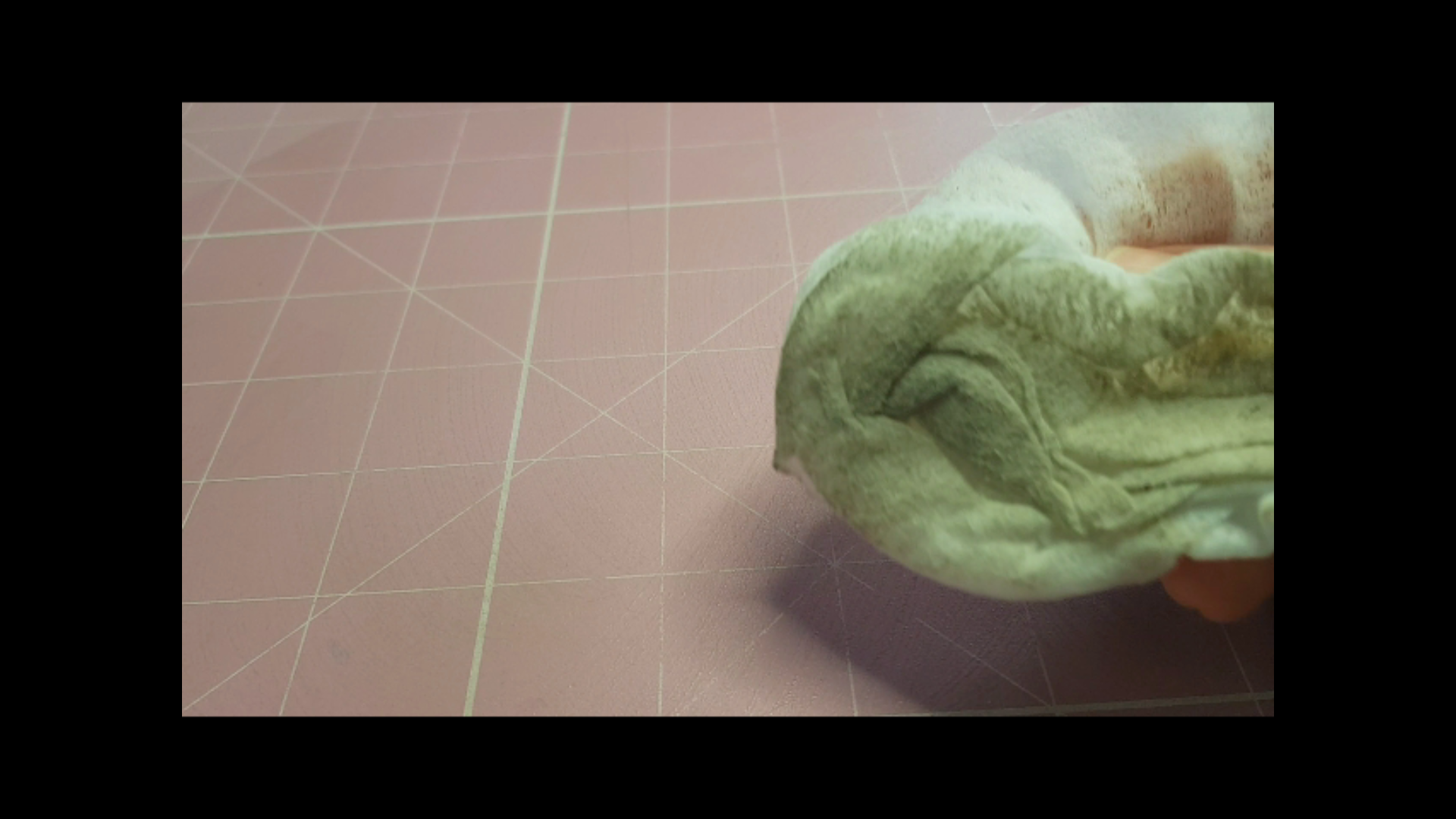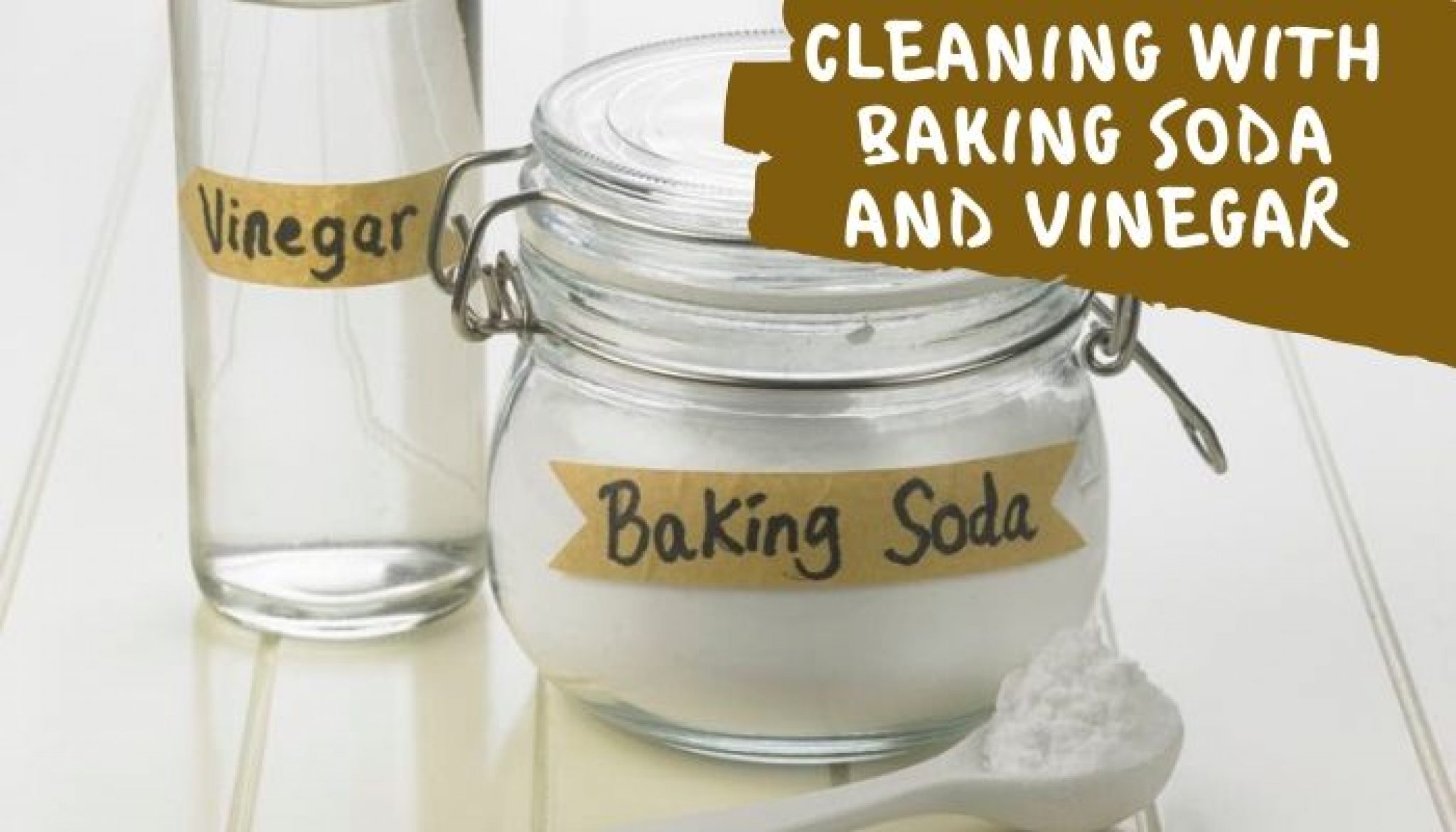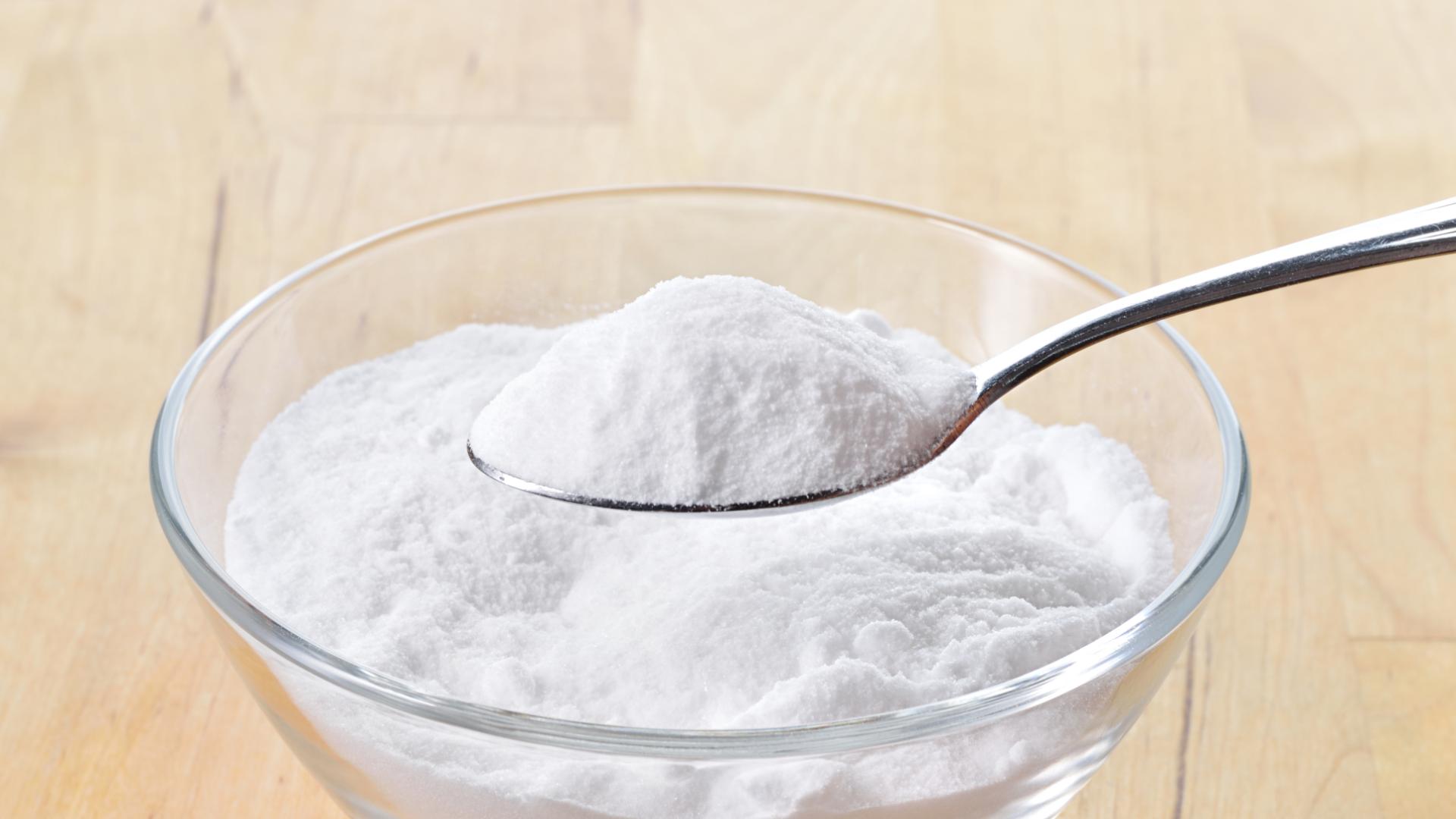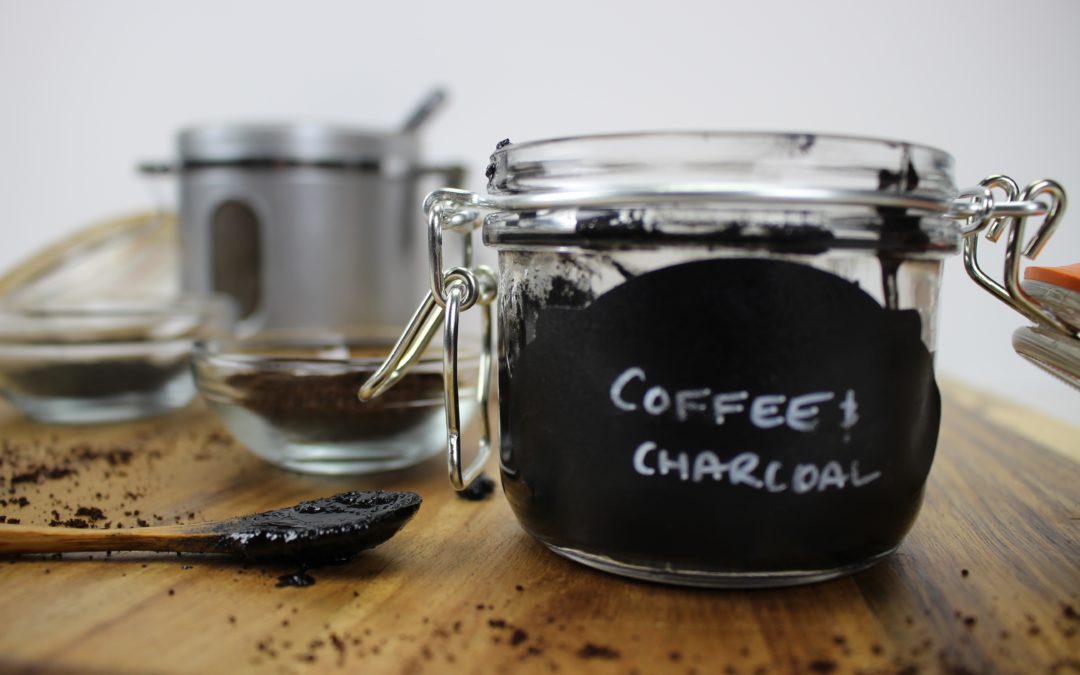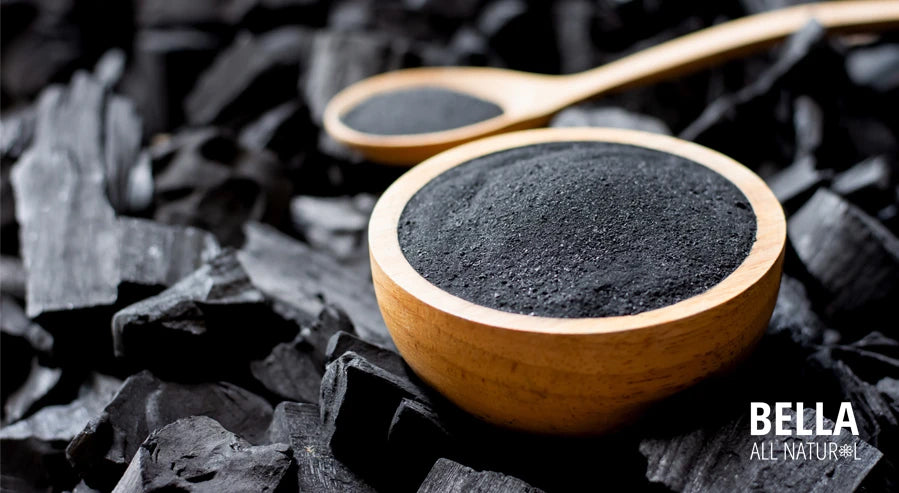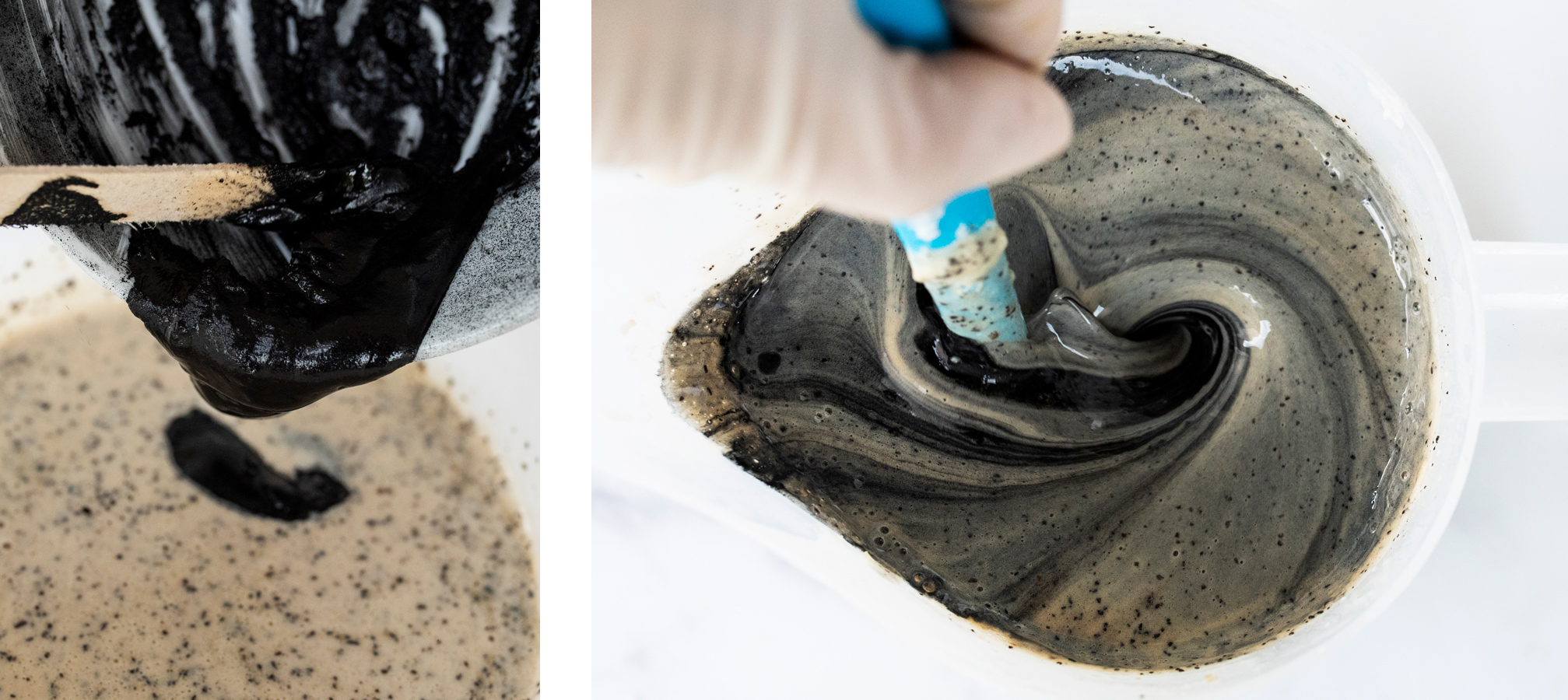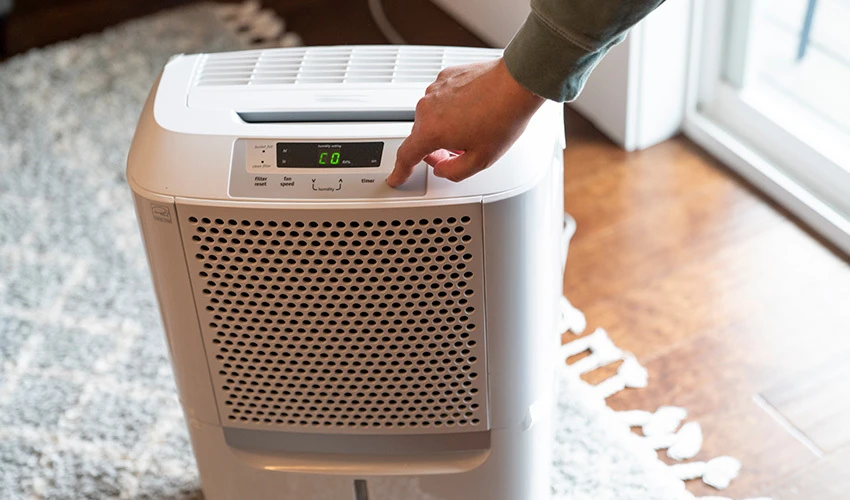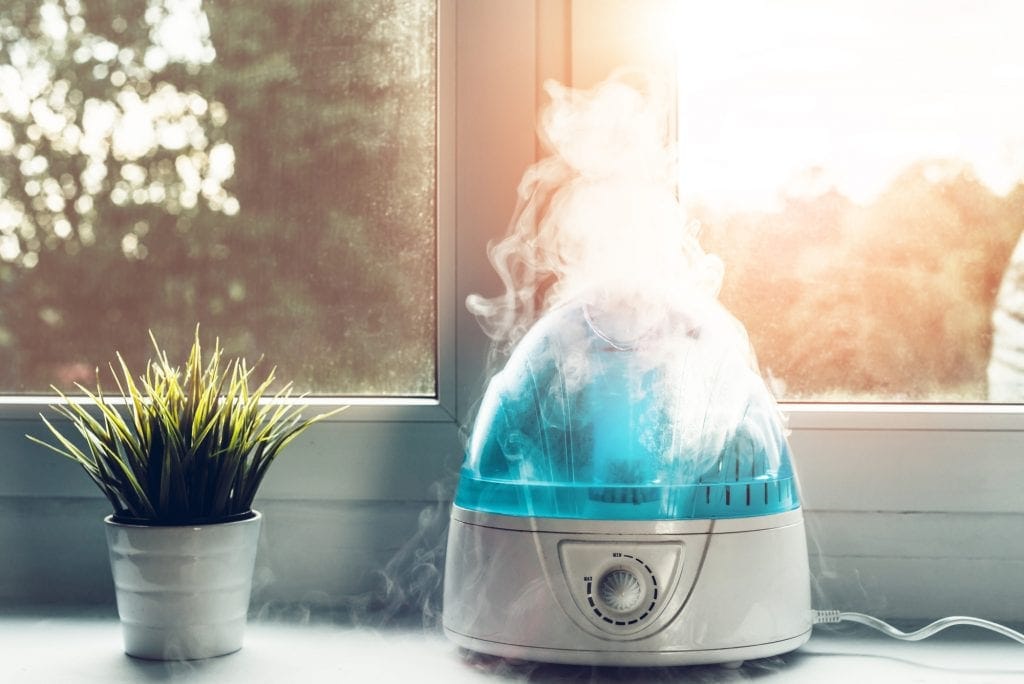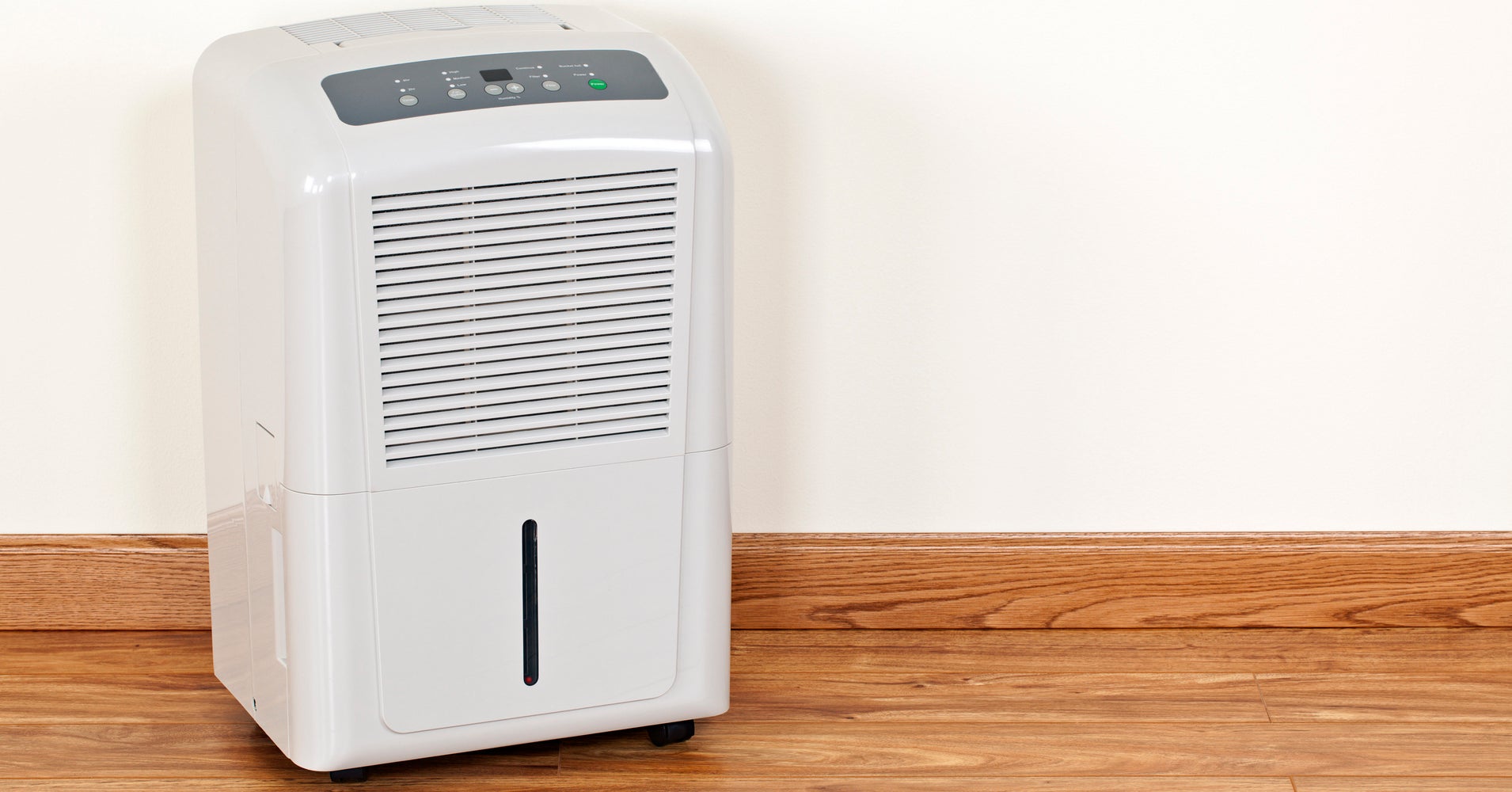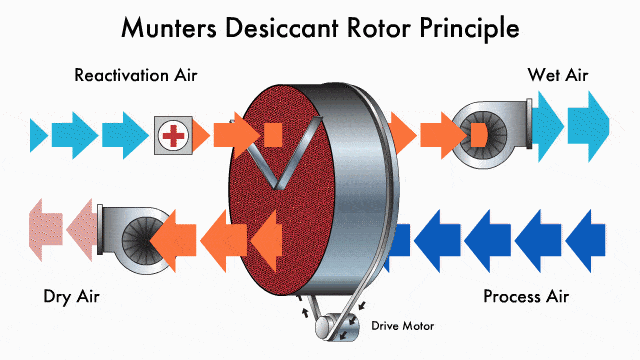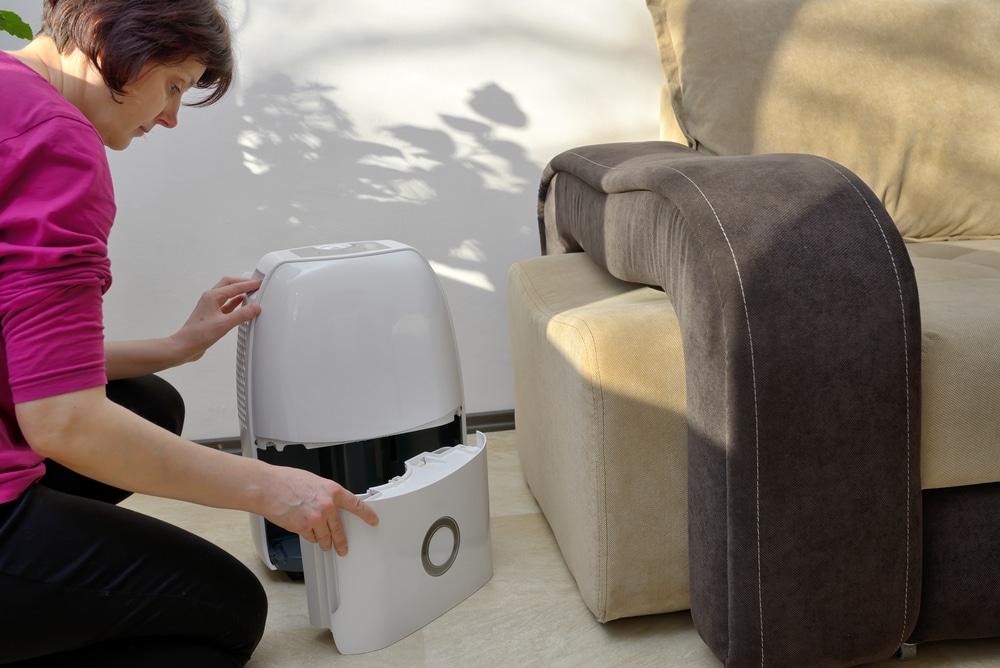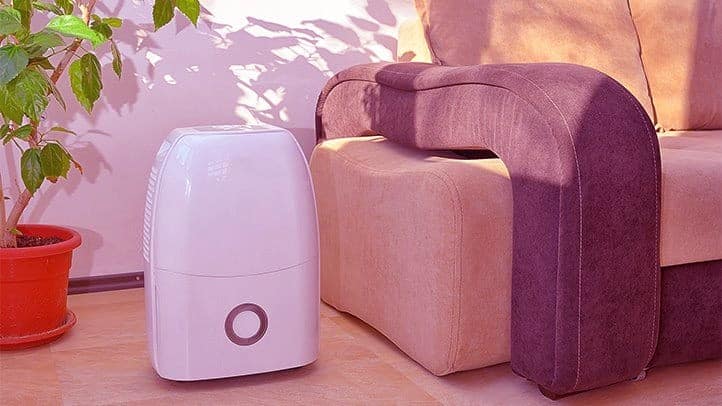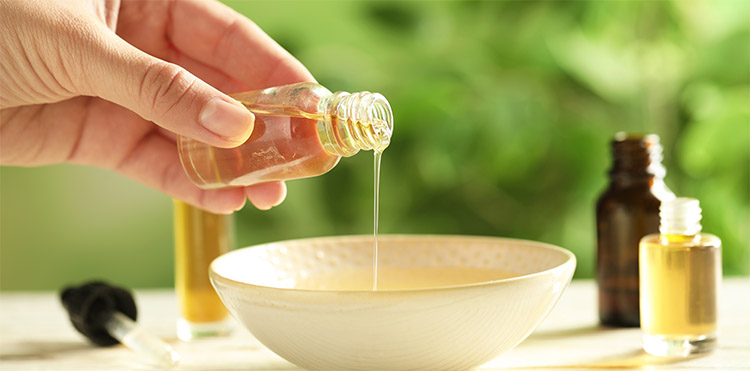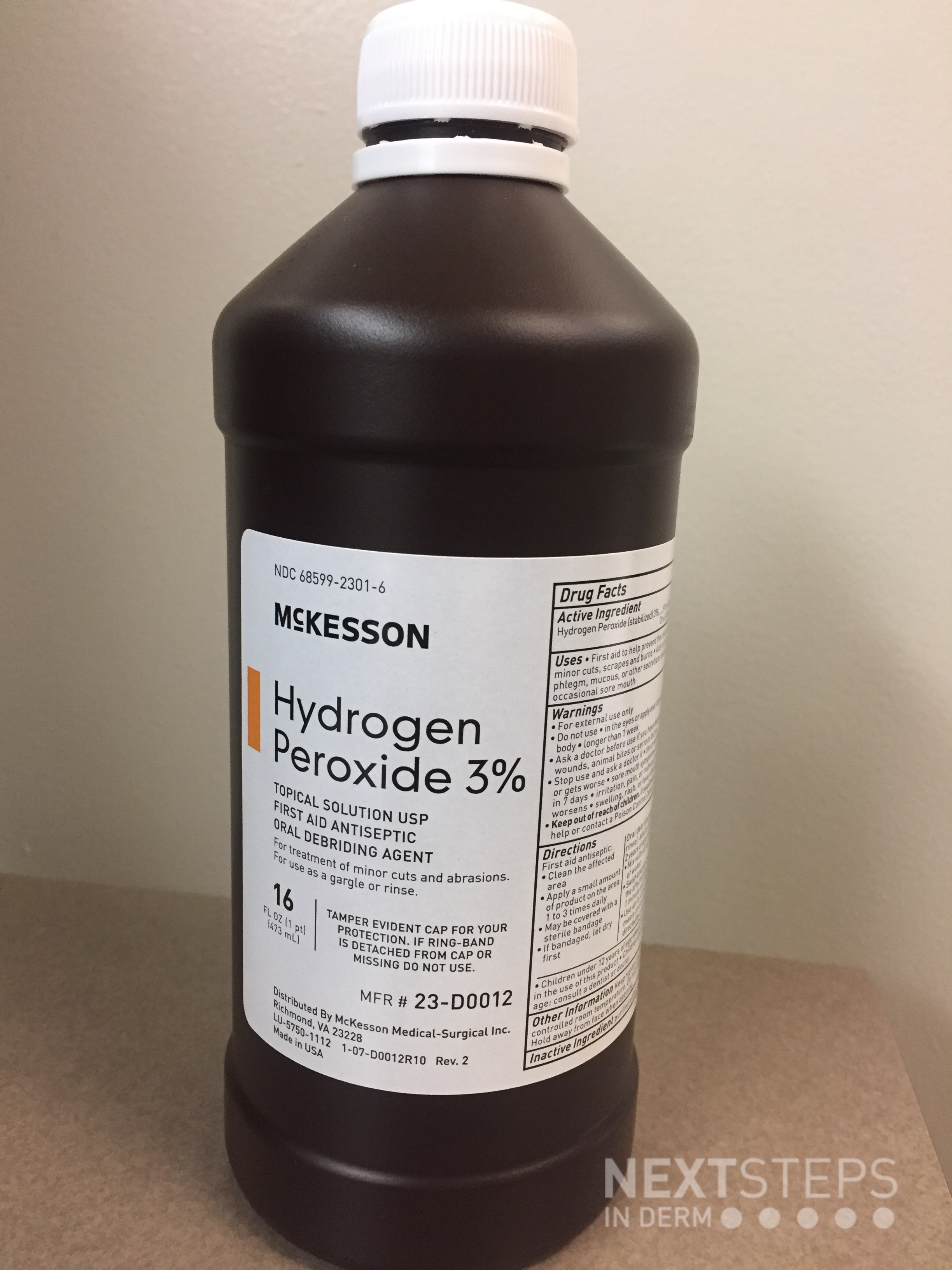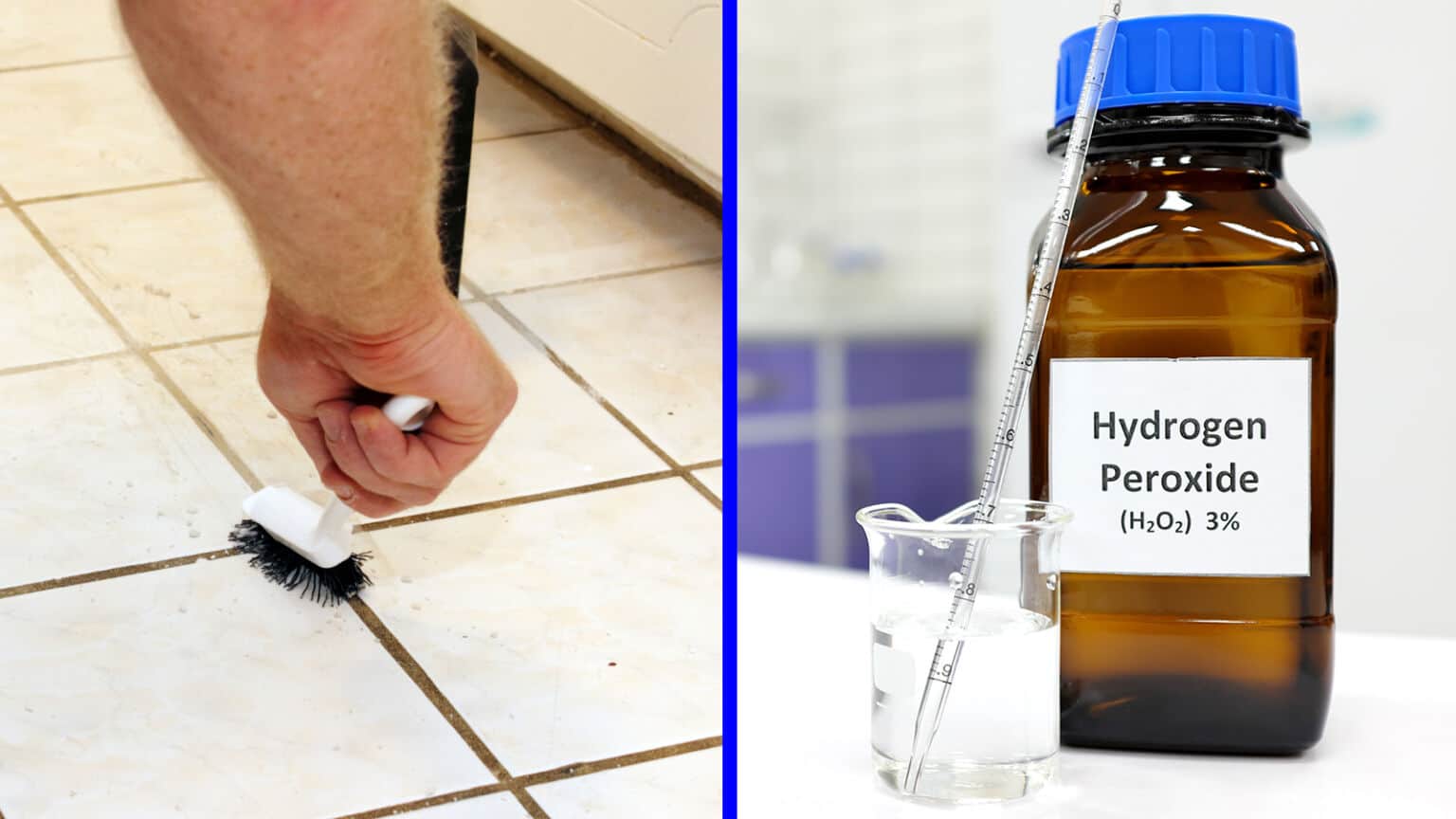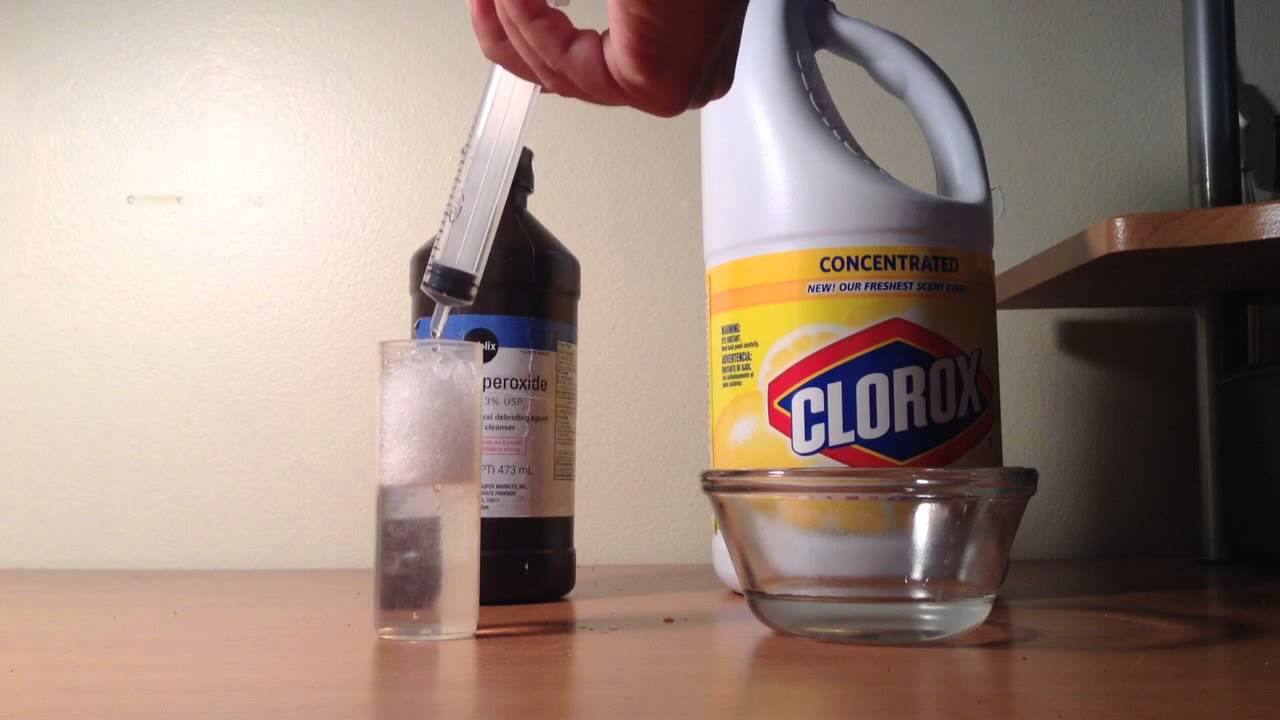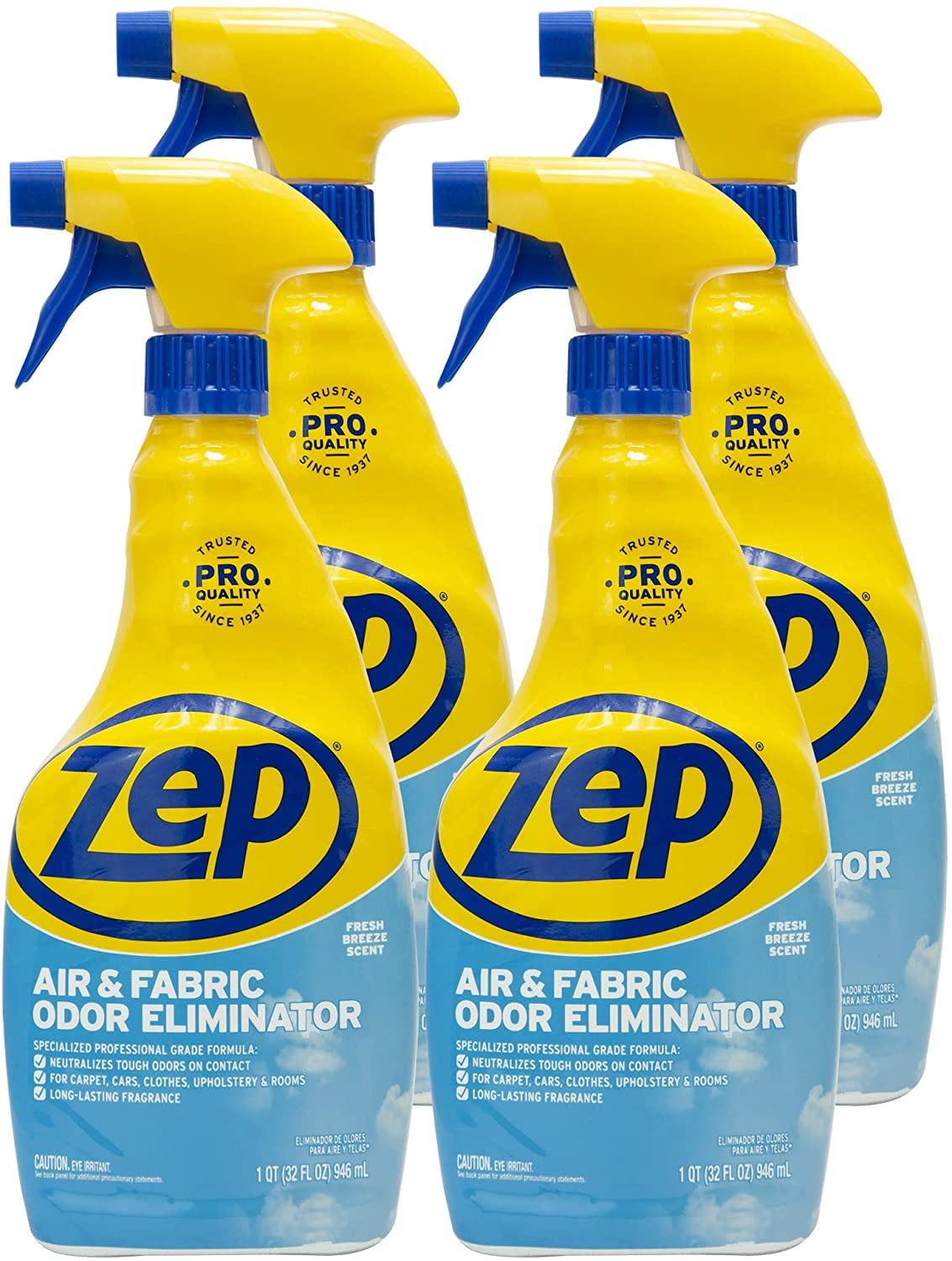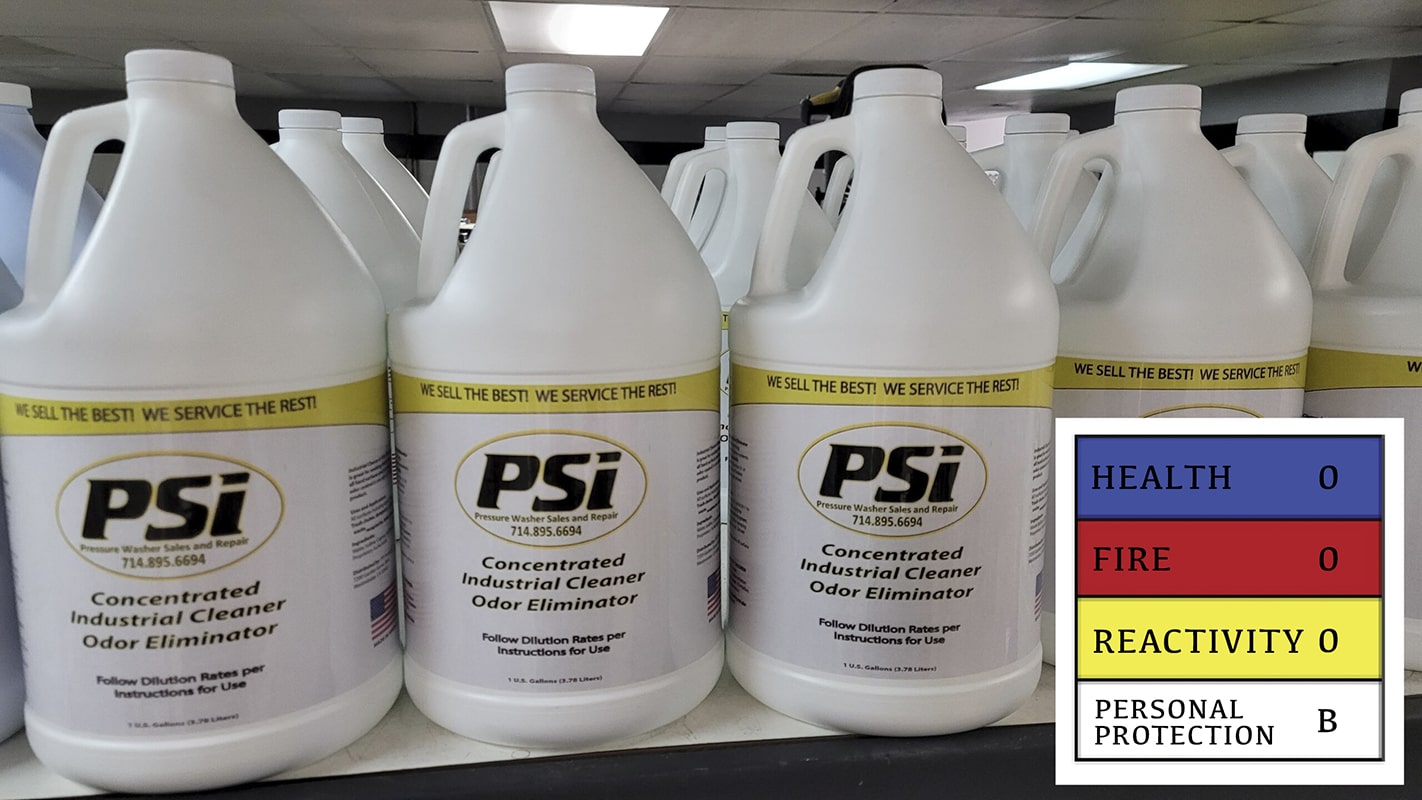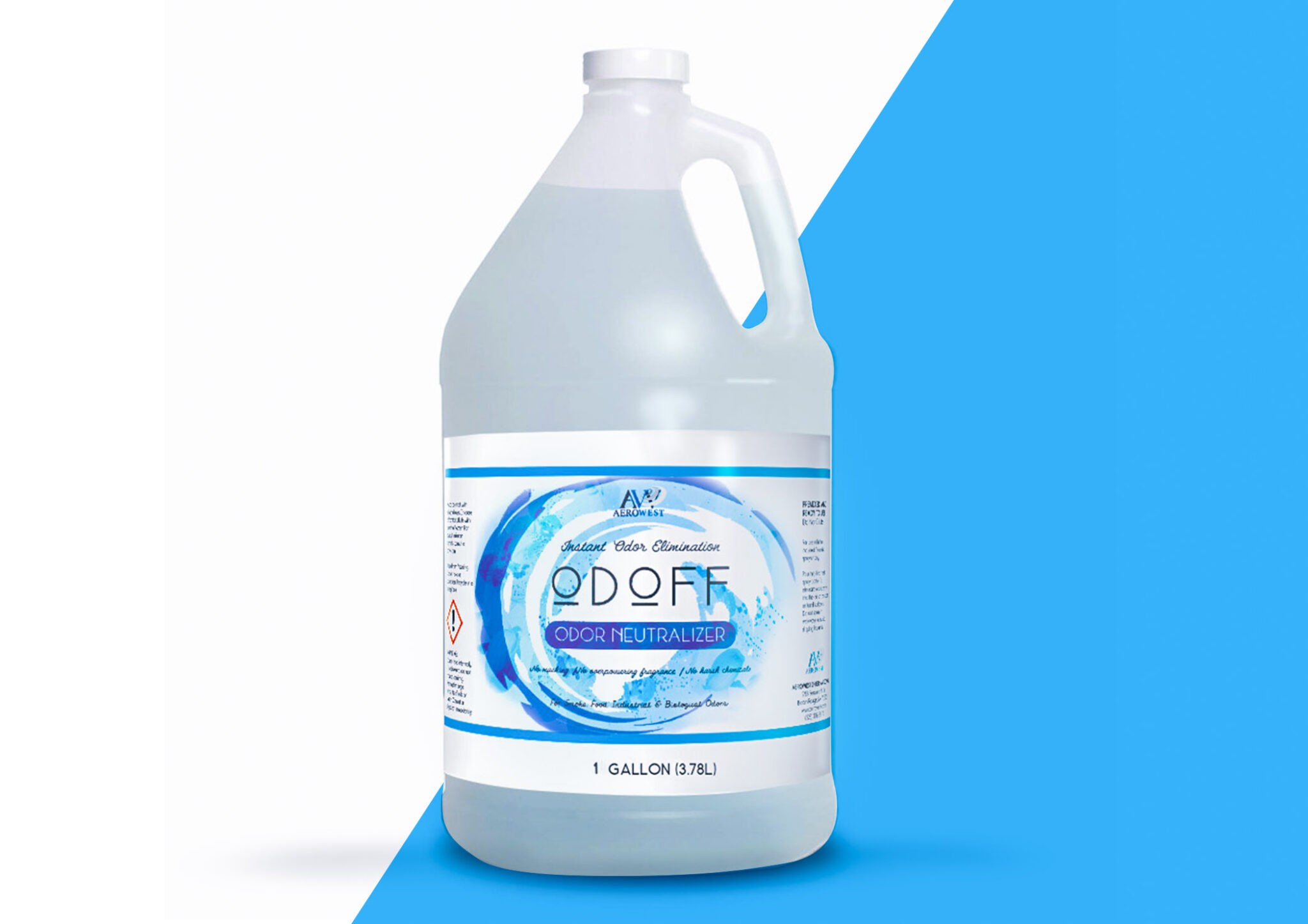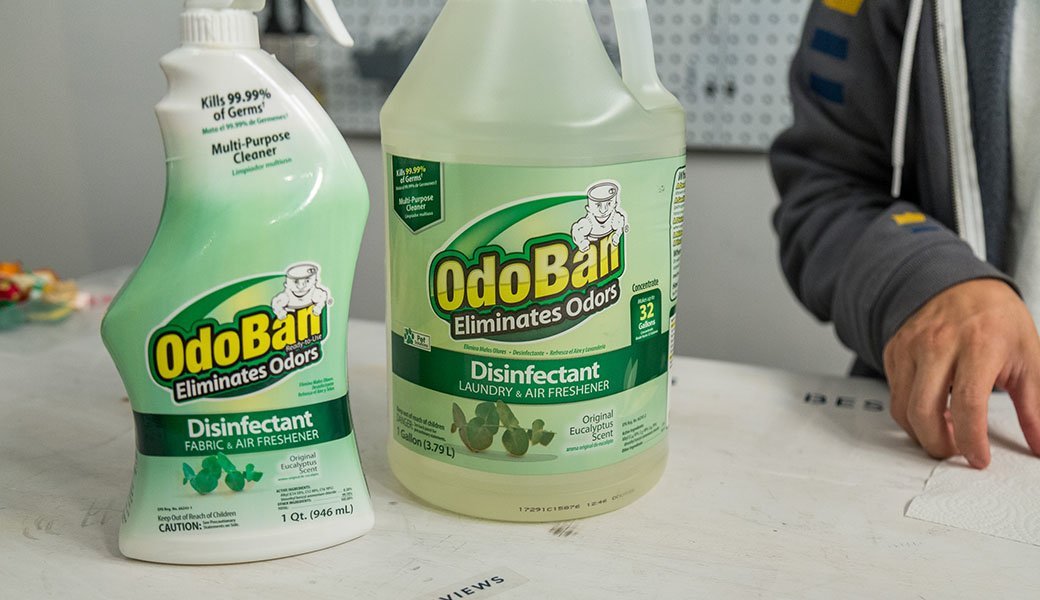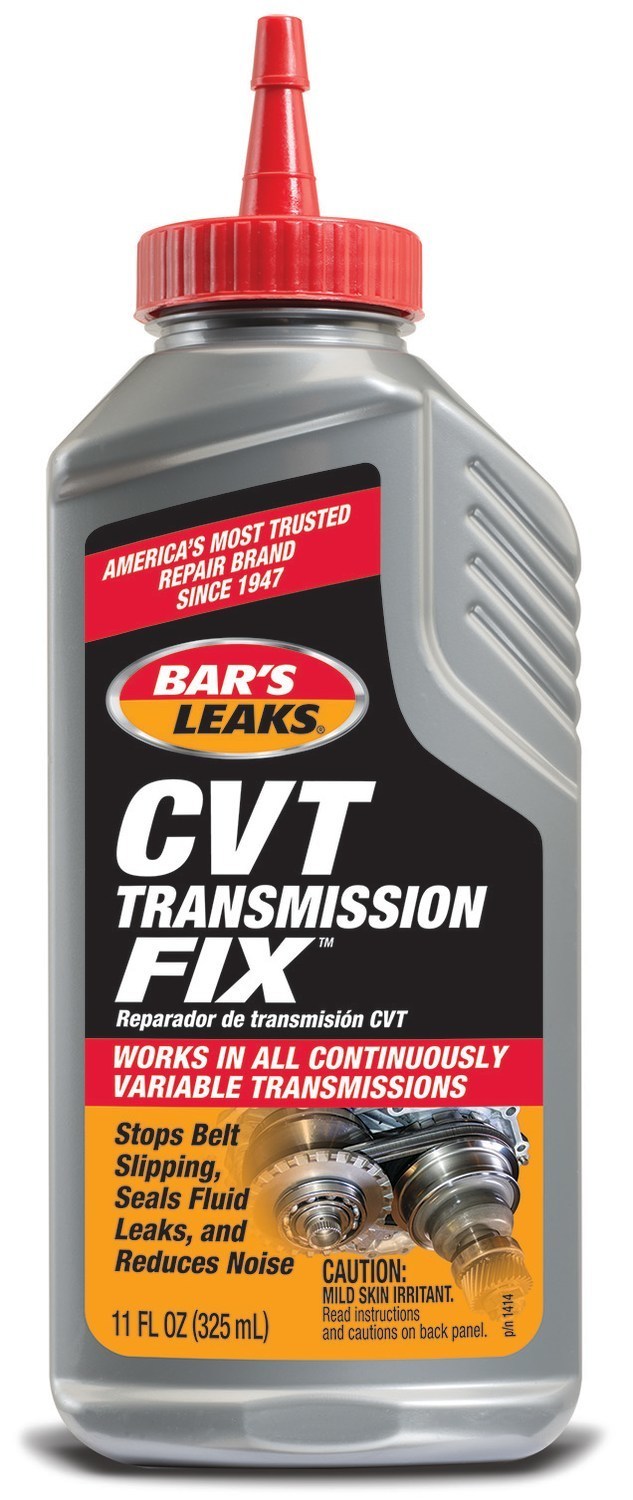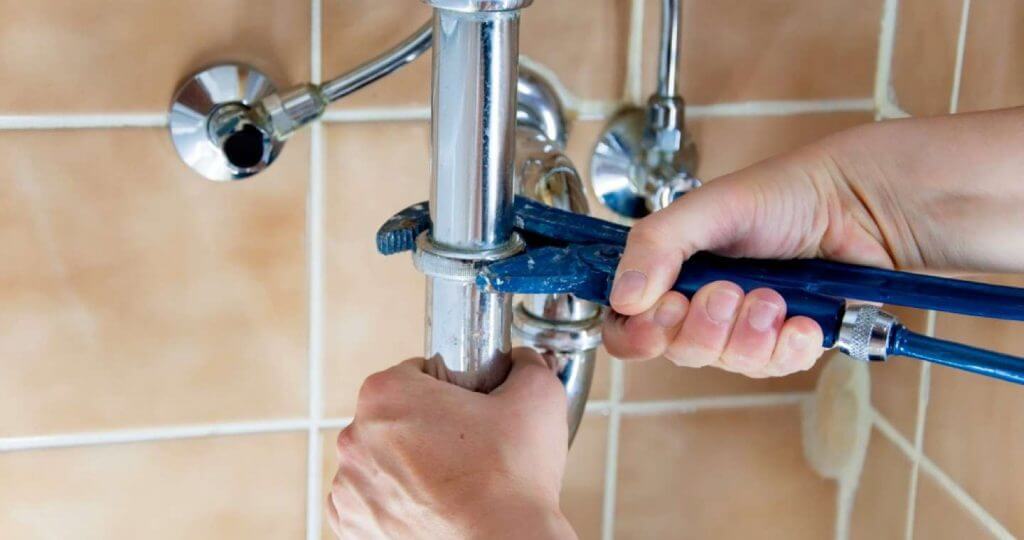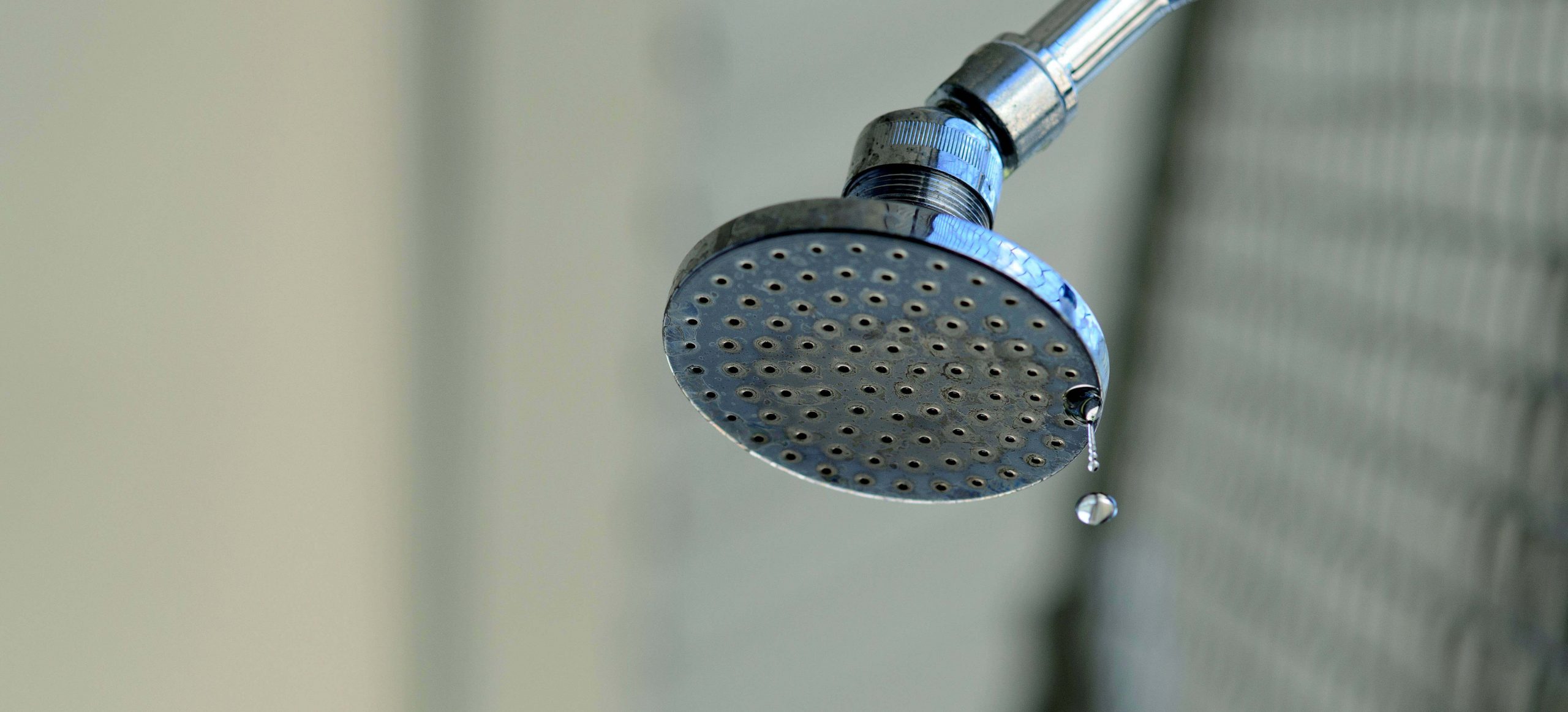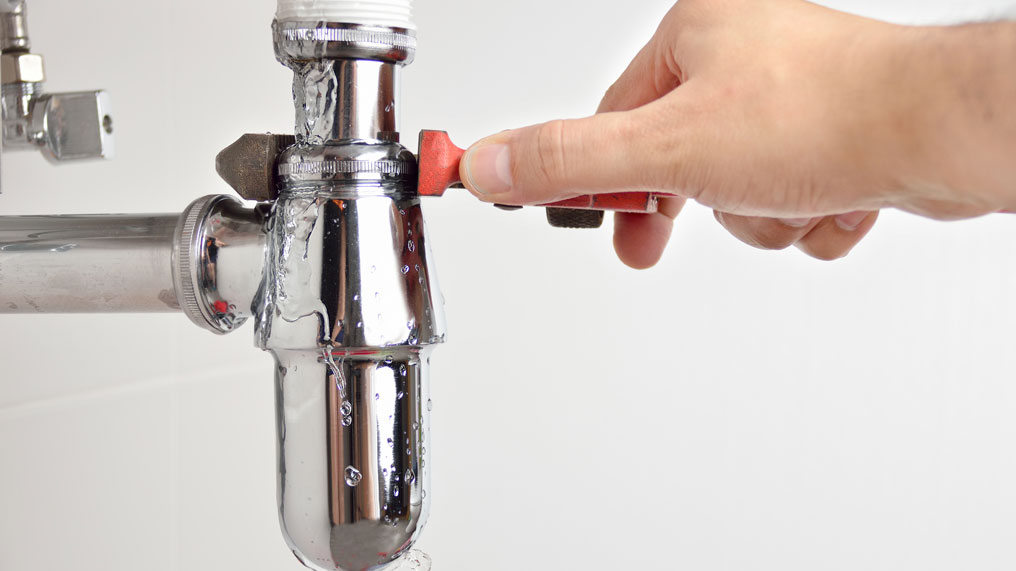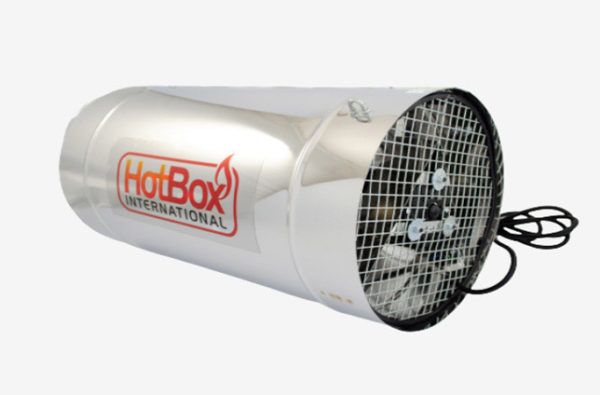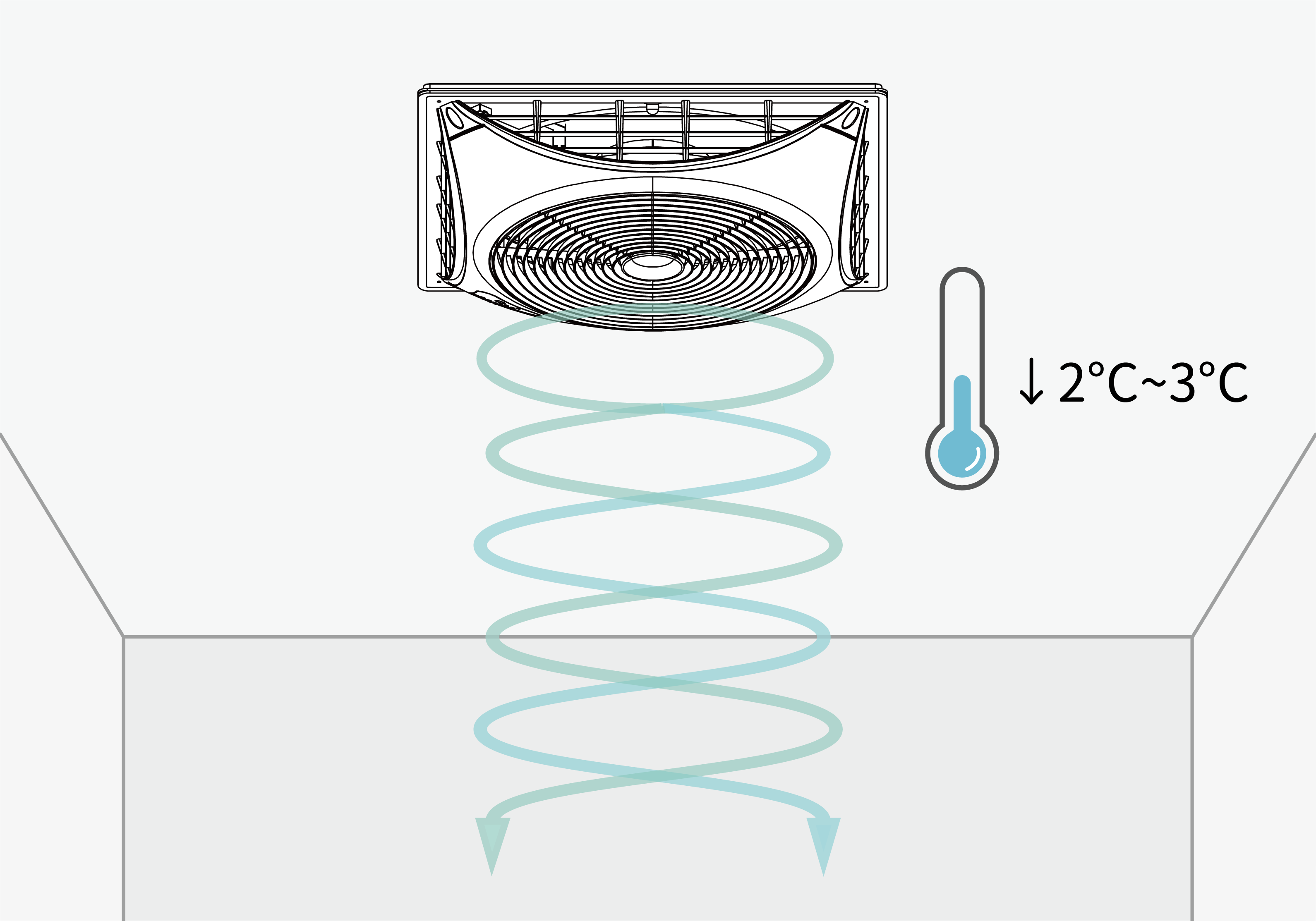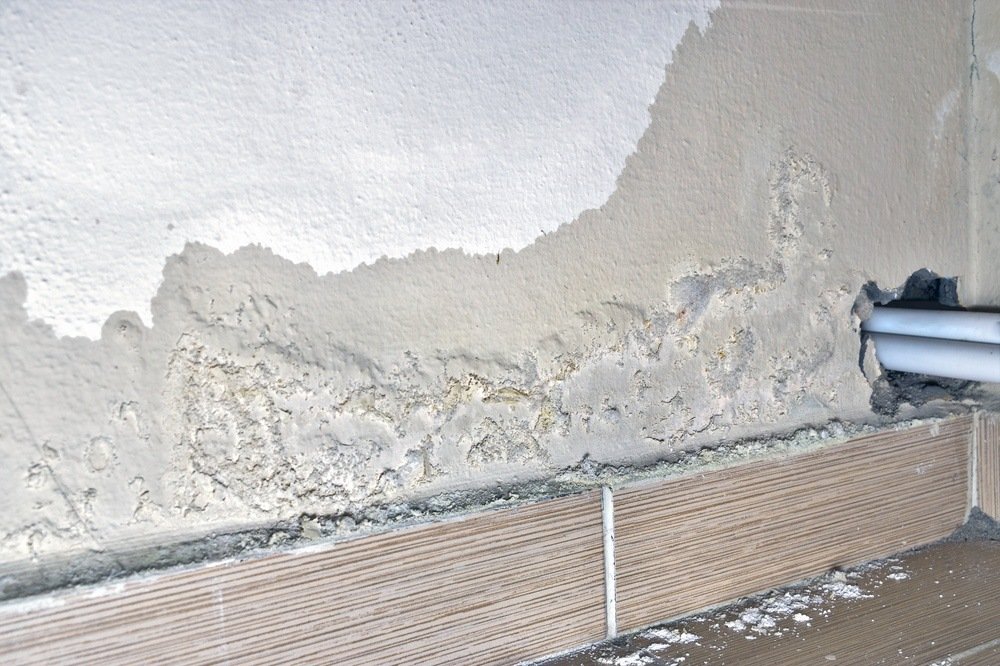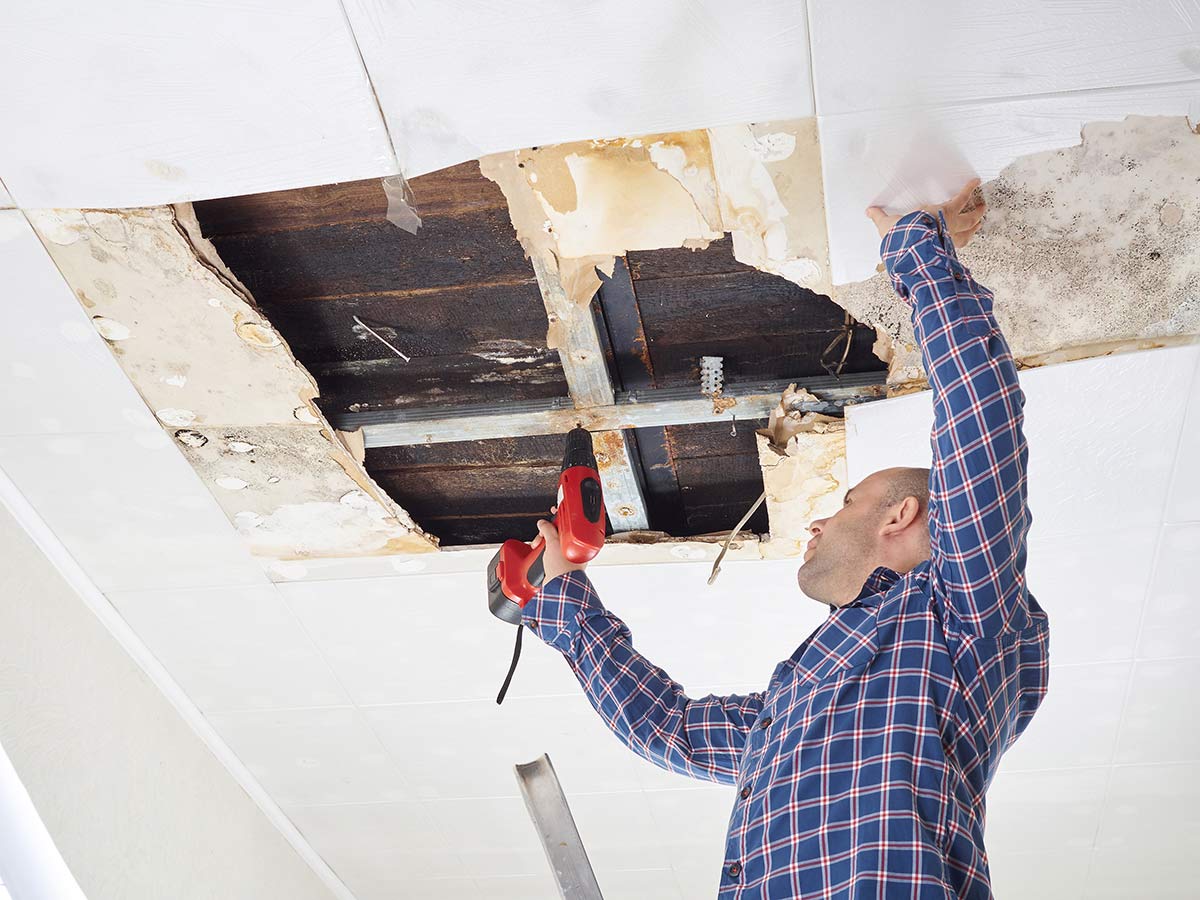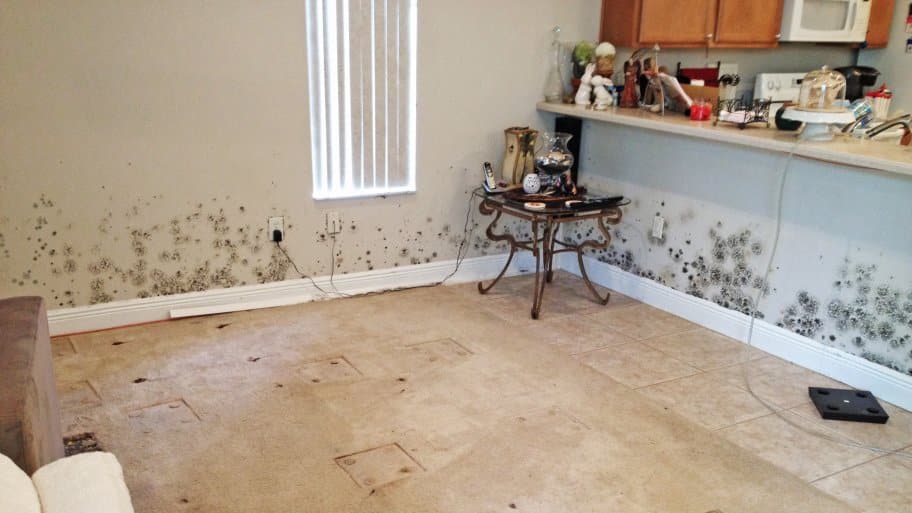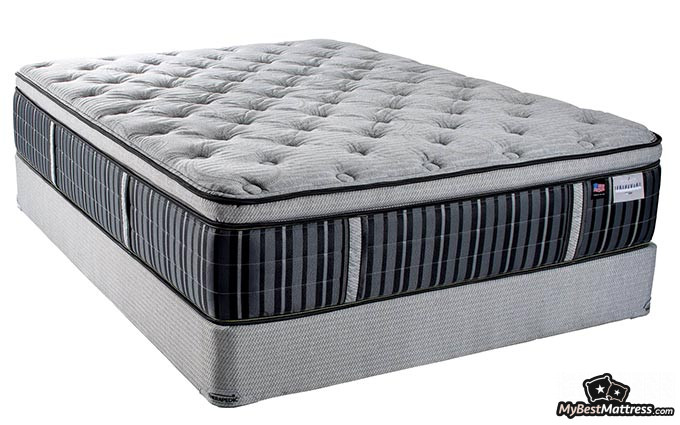If you notice a musty smell coming from under your kitchen sink, the first step to getting rid of it is to clean the area thoroughly. This means removing all items from the cabinet and wiping down the surfaces with a mixture of warm water and mild soap. Use a sponge or cloth to scrub away any visible mold or mildew. Once the area is clean, dry it with a towel or allow it to air dry before moving on to the next step.1. Clean the area thoroughly
Baking soda and vinegar are both natural deodorizers and can be used to eliminate musty smells under your kitchen sink. Mix equal parts of baking soda and vinegar to create a paste, then spread it over the affected area. Let it sit for a few hours, then wipe it away with a damp cloth. The mixture will absorb any odors and leave your cabinet smelling fresh.2. Use baking soda and vinegar
Activated charcoal and coffee grounds are both excellent odor absorbers. Place a small bowl of either one or both under your kitchen sink to help eliminate the musty smell. Leave it there for a few days, replacing the contents as needed until the smell is gone. You can also use this method to prevent future odors by keeping a bowl of activated charcoal or coffee grounds in the cabinet at all times.3. Place activated charcoal or coffee grounds
Excess moisture can lead to musty smells in dark and damp areas such as under your kitchen sink. Using a dehumidifier can help remove the excess moisture from the air and prevent the growth of mold and mildew. Place the dehumidifier in the cabinet and turn it on for a few hours each day until the smell is gone.4. Use a dehumidifier
Essential oils not only smell great, but they also have natural antibacterial and antifungal properties that can help eliminate musty odors. Add a few drops of your favorite essential oil, such as lemon, lavender, or tea tree, to a spray bottle filled with water and spritz it under your kitchen sink. You can also place a few drops of essential oil on a cotton ball and leave it in the cabinet to help absorb any odors.5. Try using essential oils
Hydrogen peroxide is a powerful cleaner and can help eliminate musty smells under your kitchen sink. Mix equal parts of hydrogen peroxide and water in a spray bottle and spray it onto the affected area. Let it sit for a few minutes, then wipe it away with a damp cloth. This method can also help remove any mold or mildew that may be causing the smell.6. Use a mixture of hydrogen peroxide and water
If the musty smell persists, you may need to use a commercial odor eliminator specifically designed for mold and mildew. Look for products that contain enzymes or natural ingredients such as tea tree oil. Follow the instructions on the product and use it as directed to eliminate the smell.7. Use a commercial odor eliminator
One of the most common causes of musty smells under kitchen sinks is a leak. Check all pipes and connections for any signs of water leakage and fix them as soon as possible. If you are not comfortable fixing the leak yourself, it is best to call a professional plumber to ensure it is fixed properly.8. Check for and fix any leaks
Poor air circulation can also contribute to musty smells in enclosed spaces such as under your kitchen sink. Using a fan to increase air flow can help prevent the buildup of moisture and eliminate odors. Place a small fan in the cabinet and turn it on for a few hours each day until the smell is gone.9. Use a fan to increase air circulation
If the musty smell persists even after trying all of the above methods, it may be time to replace any damaged or moldy materials under your kitchen sink. This could include old sponges, dish towels, or even the cabinet liner. Removing these items can help eliminate the source of the smell and prevent it from returning. By following these 10 tips, you can get rid of the musty smell under your kitchen sink and enjoy a fresh and clean smelling cabinet. Remember to regularly clean and maintain the area to prevent future odors and keep your kitchen smelling fresh and inviting.10. Replace any damaged or moldy materials
Understanding the Source of Musty Smells Under Your Kitchen Sink
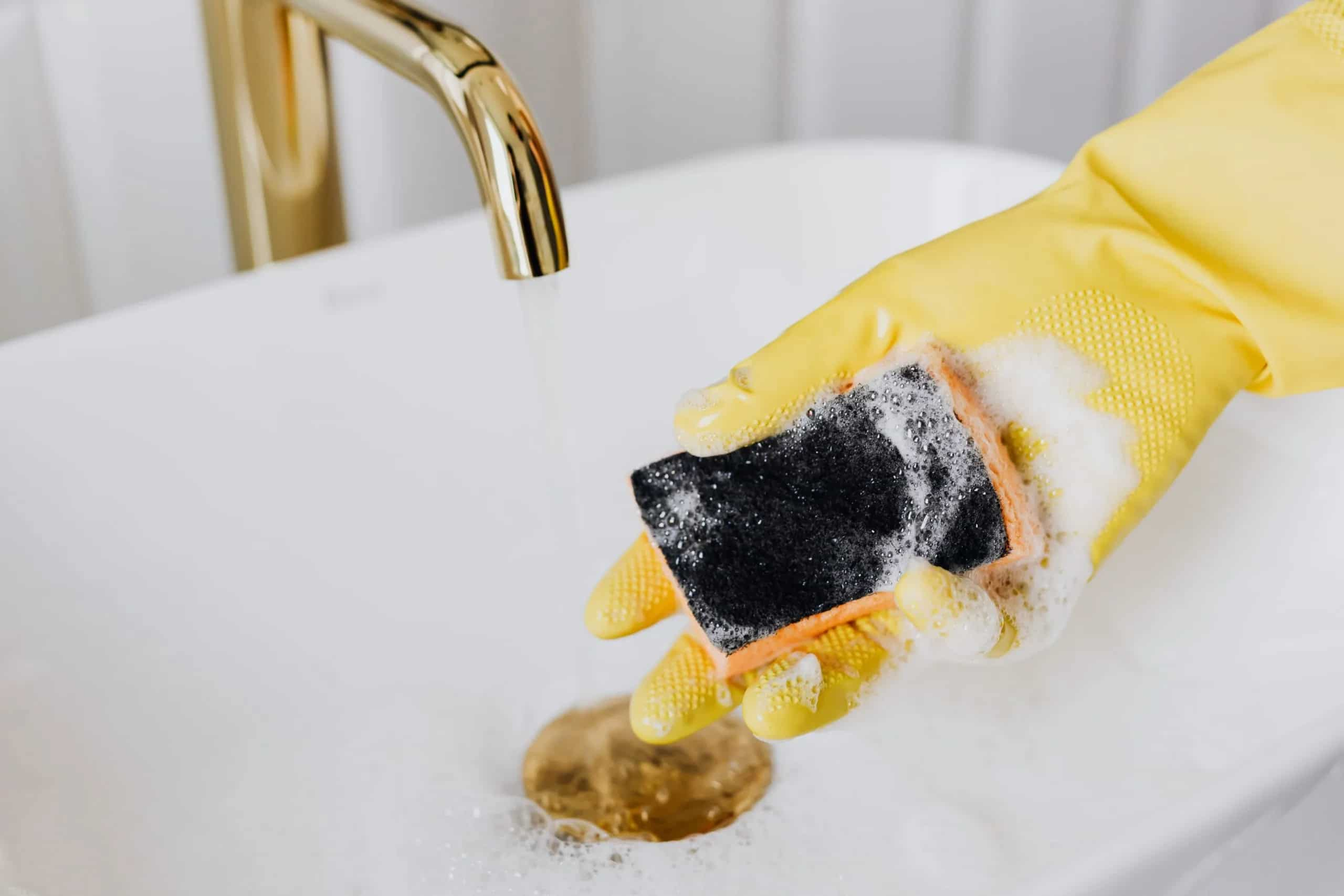
What Causes Musty Smells?
 If you've noticed a musty smell coming from under your kitchen sink, you're not alone. This is a common issue for many homeowners and can be caused by a variety of factors. The most common cause of musty smells under kitchen sinks is the presence of mold and mildew. This is usually due to a combination of moisture, warmth, and darkness, which creates the perfect breeding ground for these fungi. Other potential causes include leaking pipes, food debris, and stagnant water.
If you've noticed a musty smell coming from under your kitchen sink, you're not alone. This is a common issue for many homeowners and can be caused by a variety of factors. The most common cause of musty smells under kitchen sinks is the presence of mold and mildew. This is usually due to a combination of moisture, warmth, and darkness, which creates the perfect breeding ground for these fungi. Other potential causes include leaking pipes, food debris, and stagnant water.
The Dangers of Musty Smells
 While a musty smell may seem like a minor annoyance, it can actually be a sign of a larger problem. Mold and mildew not only create unpleasant odors, but they can also be harmful to your health. Breathing in mold spores can lead to respiratory issues, allergies, and even more serious health conditions. Additionally, if the source of the musty smell is a leak, it can lead to water damage and costly repairs.
While a musty smell may seem like a minor annoyance, it can actually be a sign of a larger problem. Mold and mildew not only create unpleasant odors, but they can also be harmful to your health. Breathing in mold spores can lead to respiratory issues, allergies, and even more serious health conditions. Additionally, if the source of the musty smell is a leak, it can lead to water damage and costly repairs.
How to Get Rid of Musty Smells Under Your Kitchen Sink
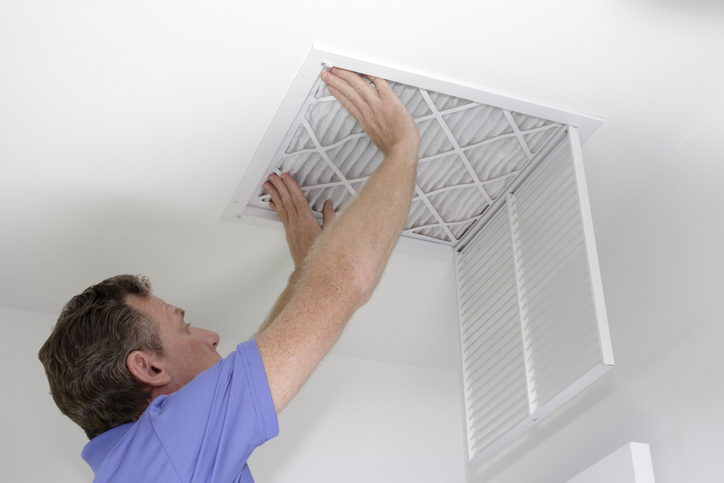 The first step in getting rid of a musty smell under your kitchen sink is to identify and address the source of the problem. If the cause is mold or mildew, you will need to thoroughly clean and disinfect the area. This may involve removing any visible mold and using a mixture of water and
white vinegar
to kill any remaining spores. For a deeper clean, you can also use a
bleach solution
. Be sure to wear gloves and a mask to protect yourself from the cleaning agents.
If the source of the smell is a leak, you will need to fix the issue before addressing the smell. This may require the help of a professional plumber. Once the leak is fixed, you can use a dehumidifier or a fan to help dry out the area and prevent future moisture buildup.
The first step in getting rid of a musty smell under your kitchen sink is to identify and address the source of the problem. If the cause is mold or mildew, you will need to thoroughly clean and disinfect the area. This may involve removing any visible mold and using a mixture of water and
white vinegar
to kill any remaining spores. For a deeper clean, you can also use a
bleach solution
. Be sure to wear gloves and a mask to protect yourself from the cleaning agents.
If the source of the smell is a leak, you will need to fix the issue before addressing the smell. This may require the help of a professional plumber. Once the leak is fixed, you can use a dehumidifier or a fan to help dry out the area and prevent future moisture buildup.
Preventing Musty Smells in the Future
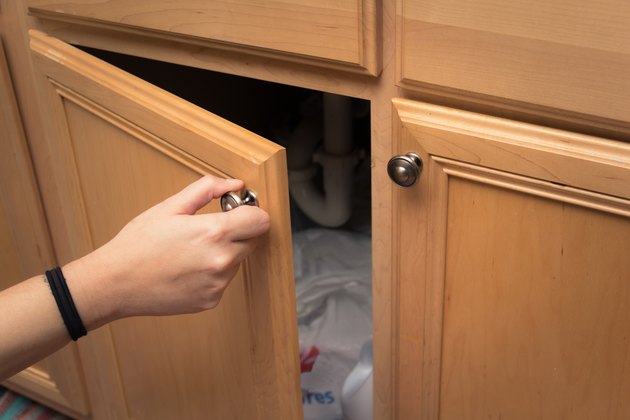 To prevent musty smells from returning under your kitchen sink, it's important to keep the area clean and dry. Regularly check for any leaks and promptly address them if found. Wiping down the area with
essential oils
or using
baking soda
can also help absorb any lingering odors and keep the area smelling fresh.
In conclusion, musty smells under your kitchen sink should not be ignored. By understanding the source of the problem and taking the necessary steps to address it, you can keep your kitchen smelling clean and fresh. Remember to regularly check and clean the area to prevent musty smells from returning.
To prevent musty smells from returning under your kitchen sink, it's important to keep the area clean and dry. Regularly check for any leaks and promptly address them if found. Wiping down the area with
essential oils
or using
baking soda
can also help absorb any lingering odors and keep the area smelling fresh.
In conclusion, musty smells under your kitchen sink should not be ignored. By understanding the source of the problem and taking the necessary steps to address it, you can keep your kitchen smelling clean and fresh. Remember to regularly check and clean the area to prevent musty smells from returning.



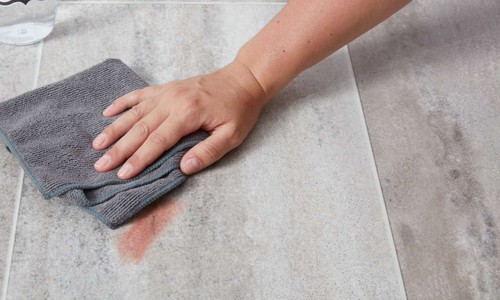
:max_bytes(150000):strip_icc()/HowtoProperlyWashHands_770729_Final_1-53dd333dbd5c4d4c82fea8d48c8ff3bd.png)
